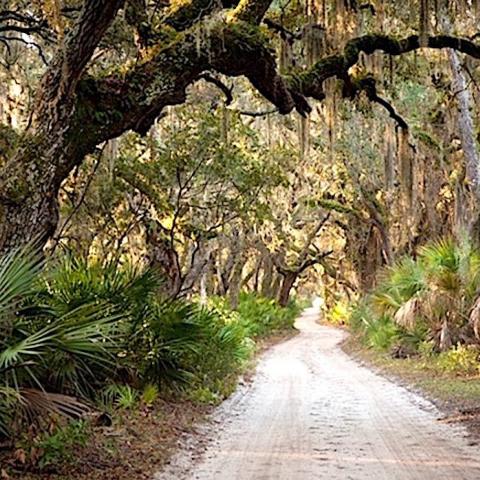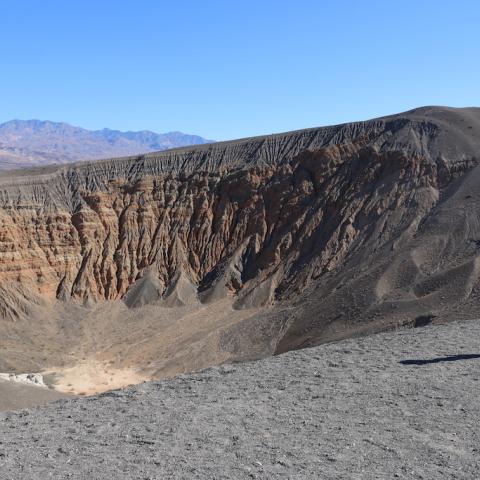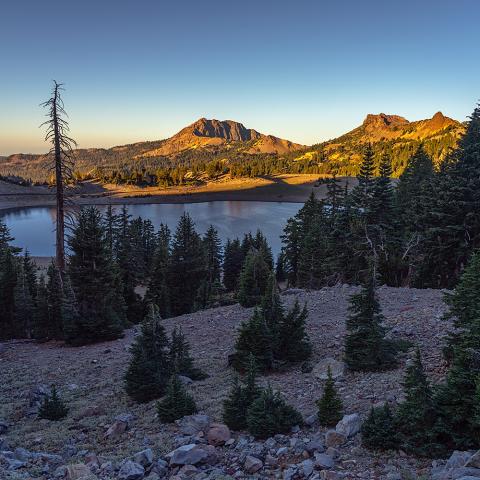CCC Feats: Glacier National Park

Within several months of Congress's passage in March 1933 of legislation that paved the way for the Civilian Conservation Corps, camps for these crews popped up across the National Park System. Glacier National Park in northern Montana wasn't left out, as eight camps were established by June to house hundreds of young men.
- By Kurt Repanshek - February 14th, 2023 2:30am









